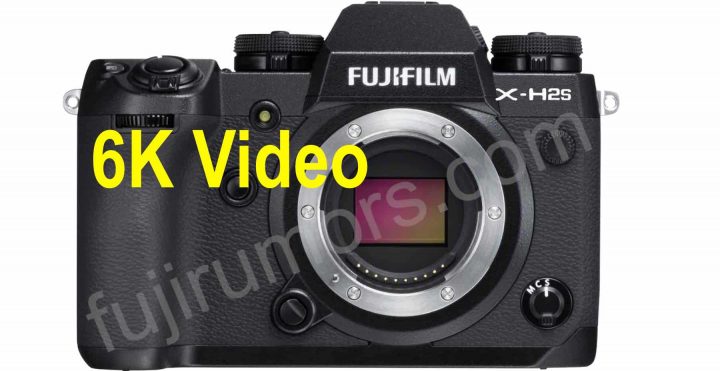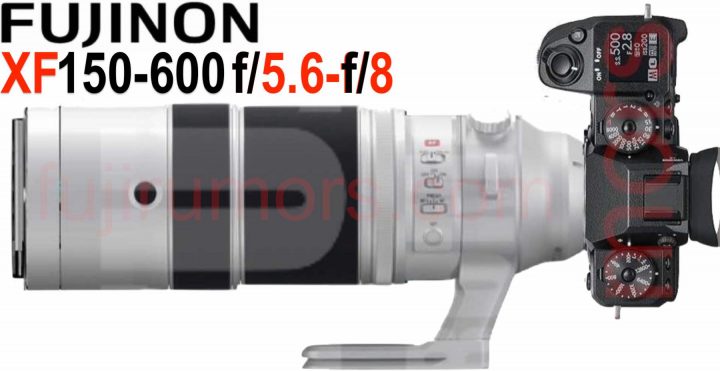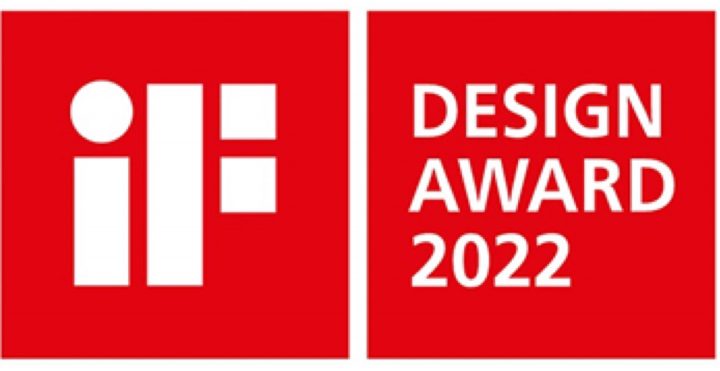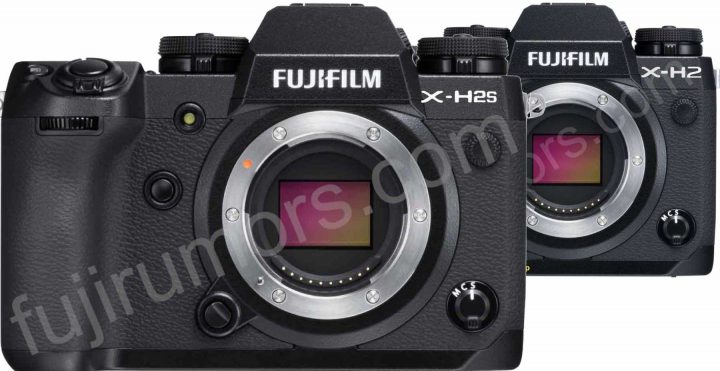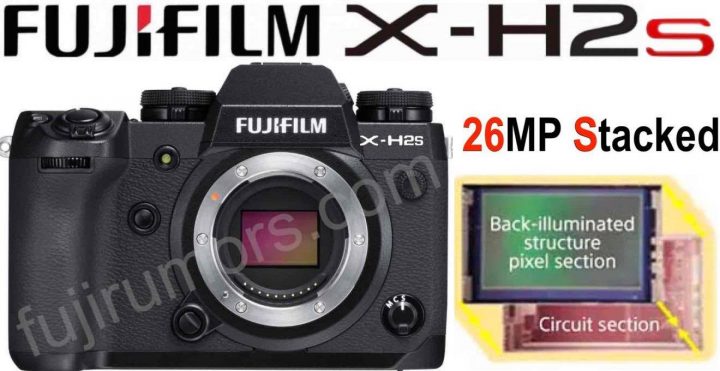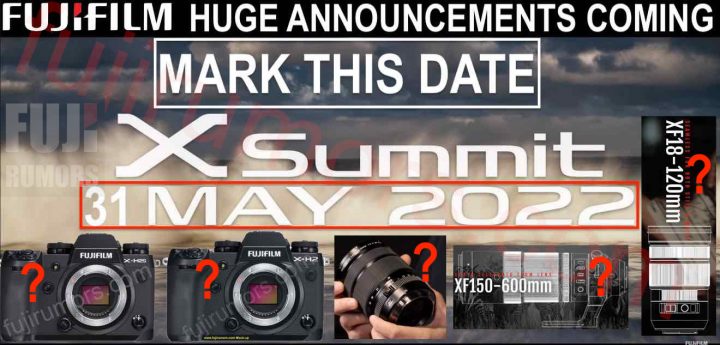RUMOR: Fujifilm X-H2S to Record 6K Video
We know that Fujifilm will enter the 8K video world with the high resolution Fujifilm X-H2.
However, that one (the X-H2 high res.) is for later.
First we will get the 26MP stacked BSI Fujifilm X-H2S. And our trusted sources have informed us that it will record 6K video.
Many more Fujifilm X-H2/S rumors can be found below.
Fujifilm X-H2 Rumor Recap
- Fujifilm X-H2 coming with new 26MP sensor and new 40MP sensor
- Fujifilm X-H2S to record 6K video
- Fujifilm X-H2s with flippy screen
- Fujifilm X-H2S to be announced before Fujifilm X-H2
- Fujifilm X-H2S with Stacked Sensor
- Fujifilm X Summit on May 31
- no in-camera active sensor cooling like Panasonic S1H & Co (and described in this Fujifilm patent).
- one of the two X-H2 to be called Fujifilm X-H2S
- Fujifilm X-H2s is the name of the 26MP version
- Fujifilm X-H2 coming 2022
- Fujifilm X-H2 will shoot 8K DCI/UHD
- Fujifilm X-H2 will cost less than $2,500 – and that’s a big deal
- Fujifilm X-H2 will be first X series camera to use new sensor and processor
- Fujifilm X-H2 with X-Trans sensor – any why this is good news – confirmed by Fujifilm
- 40 Megapixel sensor
- there will be 2 Fujifilm X-H2 cameras
- the two Fujifilm X-H2 cameras will have two different sensors
- one X-H2 has 40 megapixel, the other has another megapixel number
- second Fujifilm X-H2 will have 26 megapixel
- announcement in May 2022
- two grip options for Fujifilm X-H2 cameras – significant price difference between the two options

